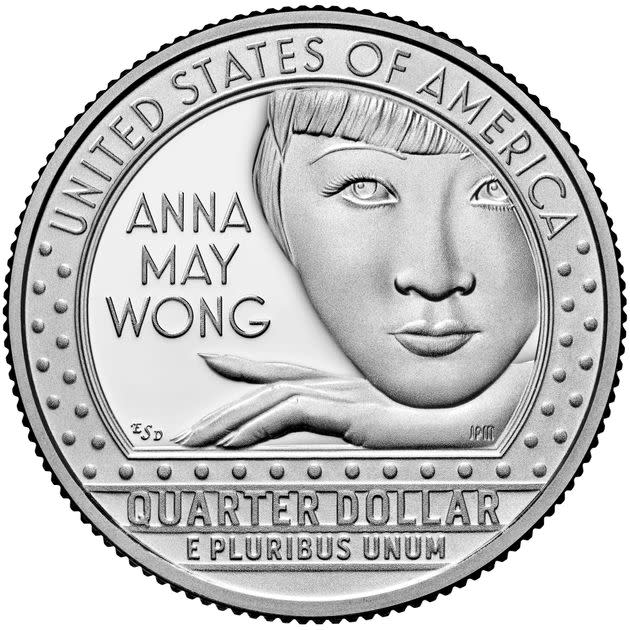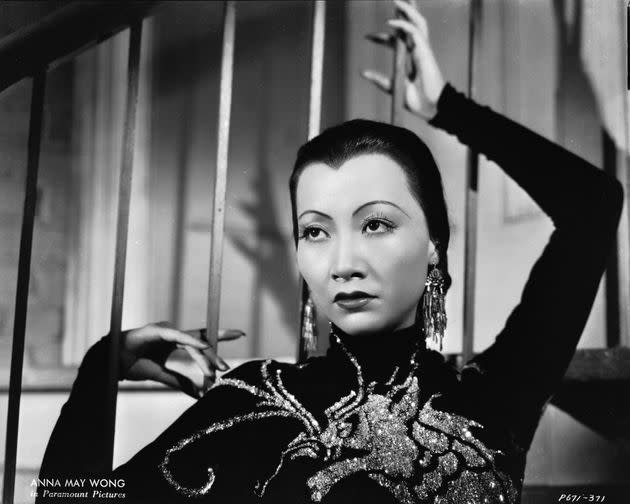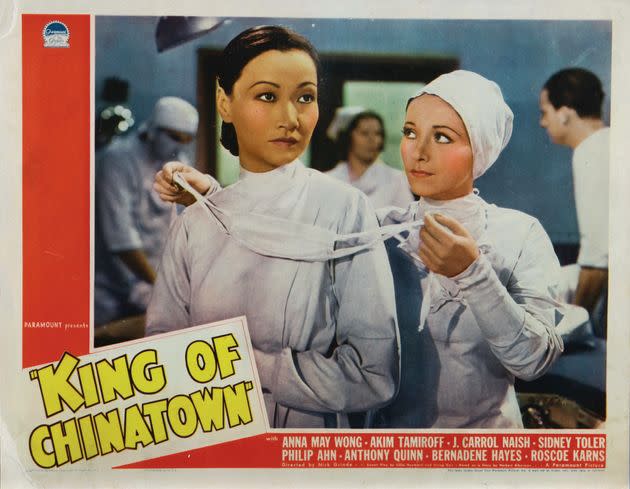Film Star Anna May Wong Will Be First Asian American To Appear On U.S. Currency
- Oops!Something went wrong.Please try again later.
American currency will feature an Asian American for the first time next week when the U.S. Mint begins releasing quarters featuring Anna May Wong, an actor and activist who rose to stardom in Western films against all odds in the first half of the 20th century.
The Mint will begin shipping quarters featuring Wong’s face on the reverse (or “tails”) side starting next Monday, as part of the American Women Quarters Program ― an act of Congress that calls for five women to be featured on quarters every year from 2022 through 2025.

Film star Anna May Wong featured on a U.S. quarter. (Photo: U.S. Mint)
“The fifth coin in our American Women Quarters Program honors Anna May Wong, a courageous advocate who championed for increased representation and more multi-dimensional roles for Asian American actors,” Mint director Ventris Gibson said. “This quarter is designed to reflect the breadth and depth of accomplishments by Anna May Wong, who overcame challenges and obstacles she faced during her lifetime.”
Wong, a third-generation Chinese American, was born Wong Liu-tsongin Los Angeles in 1905, right as the film industry was establishing itself in Hollywood. She became infatuated with movies as a young girl, watching productions film around her neighborhood. She got her first screen credit in 1921 and played her first leading role the following year in “The Toll of the Sea,” a film loosely based on the opera “Madama Butterfly.”
Her career took off quickly and her performances were a critical success despite immense racism against Asian Americans, who were viewed as foreigners in their own country. Much to her frustration, Wong couldn’t land a coveted leading lady role because of anti-miscegenation laws that forbade actors of different races from kissing on screen. Instead, she was usually typecast as a villainous “dragon lady,” a mysterious seductress or some other stereotypical Asian American character.

Wong poses for a publicity shot in 1934 for the film "Limehouse Blues." (Photo: John Kobal Foundation via Getty Images)
Wong moved to Europe in search of better roles and established herself as a major movie star there ― so much so that Hollywood’s Paramount Studios offered her a contract to return in the 1930s with the promise of bigger on-screen parts. But the studio heads failed to deliver on those roles when she arrived, so she continued to act both in the U.S. and in Europe until her death in 1961.
She denounced the negative stereotyping of Asian actors in a 1933 essay, writing: “Why is it that the screen Chinese is nearly always the villain? And so crude a villain ― murderous, treacherous, a snake in the grass. We are not like that. How should we be, with a civilization that is so many times older than the West?”
The coin’s designer, Emily Damstra, opted to honor Wong’s film career by depicting her head resting on her hand and surrounded by lights.

A poster for the 1939 film "King of Chinatown" featuring Wong. (Photo: LMPC via Getty Images)
“Many prominent actors from the 1920s and 1930s saw their name framed by lightbulbs on movie theater marquees, so I thought it made sense to feature Anna May Wong in this way,” Damstra said in a statement. “Along with the hard work, determination, and skill Anna May Wong brought to the profession of acting, I think it was her face and expressive gestures that really captivated movie audiences, so I included these elements next to her name.”
Other women honored on the quarter as part of the program have included author Maya Angelou, astronaut Sally Ride, Native American activist Wilma Mankiller and women’s suffragist leader Nina Otero-Warren. The quarter’s obverse (or “heads”) side features a design by the sculptor Laura Gardin Fraser originally created in the 1930s.
This article originally appeared on HuffPost and has been updated.
